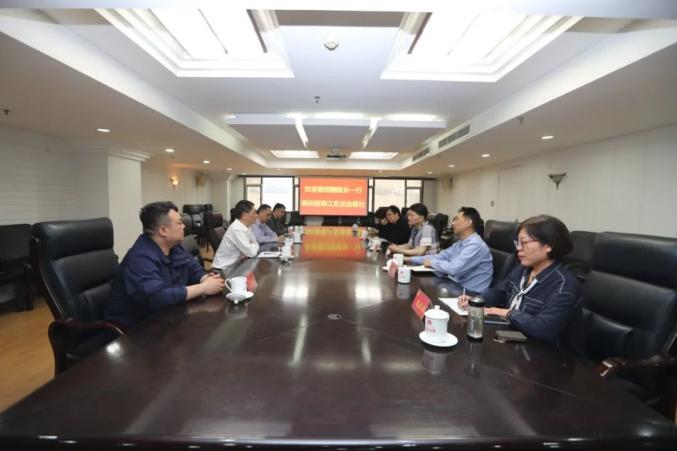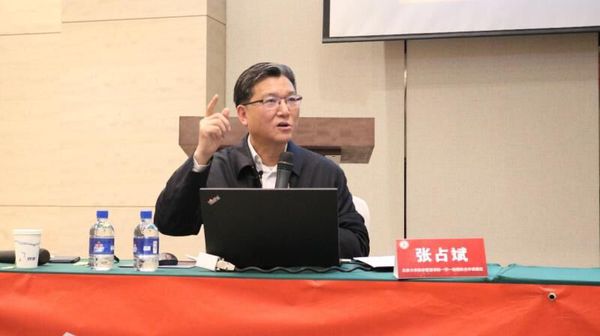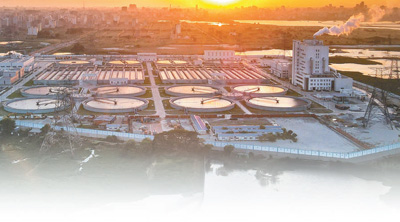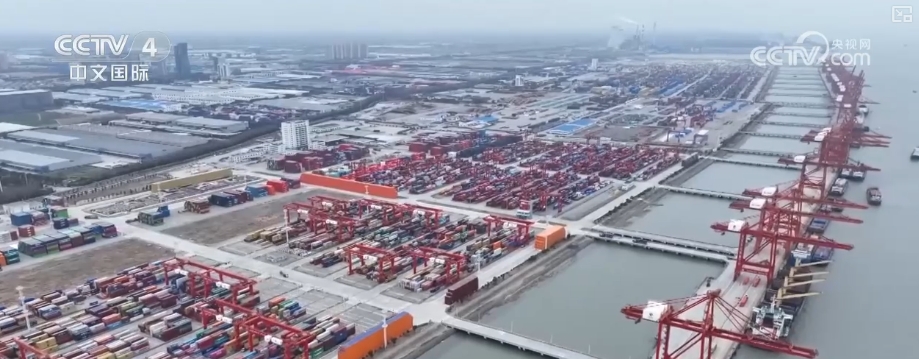Repair With The West Is A Dead End. Putin Turns To Pay Attention To The Far East And Wants To Spend 23 Billion To Serve As A Meeting Gift For China
Repair With The West Is A Dead End. Putin Turns To Pay Attention To The Far East And Wants To Spend 23 Billion To Serve As A Meeting Gift For China
For example, Russia actively introduced Chinese standards in the development of Heixiazi Island, allowing the use of Chinese as one of the official languages of the project. This "de-Westernization" cooperation model has provided new options for other countries. at the same time
«——【·Preface·】——»
The Russian-Ukrainian conflict has entered its third year, and Putin has accelerated its development efforts in the Far East, which reflects what strategic adjustments does Russia have? Can its ambitious investment promotion plan succeed?

«——【· Western encirclement intensifies, Russia’s strategic center of gravity moves eastward·】——»
On the international political stage in July 2025, Russia encountered the most severe external pressure since the Russian-Ukrainian conflict. When US President Trump met with the British Prime Minister in Scotland, he suddenly announced that he would significantly shorten the "ultimatum" period for Russia from 50 days to 10 days, requiring Russia to reach a peace agreement with Ukraine within this period, otherwise he would face severe sanctions, including sub-tariff tariffs.

At the same time, the EU seized the opportunity to launch the 18th round of sanctions against Russia, which not only lowered the upper limit of Russian crude oil export prices to US$47.6 per barrel, but also imposed restrictions on 22 Russian banks and included Russian oil refineries in India for the first time.

This rare coordinated action by the Western camp marks that Western countries in the traditional sense have once again formed a unified front for blockade against Russia. Faced with the double pressure from the West, Russia's strategic space is being continuously compressed.

Although Russia has repeatedly emphasized that it has developed "immunity" to sanctions, and Presidential Press Secretary Peskov even bluntly stated that "Russia has been operating under sanctions for a long time", the reality is that the EU's energy price limit measures have directly impacted Russia's fiscal revenue, while the US tariff threat may affect its trade channels with third countries.

More symbolic, Trump clearly stated that when he shortened the deadline, he said that he was "disappointed with Putin" and declared that he was "no longer interested in talks", a political gesture that completely closed the possibility of easing relations between Russia and the United States in the short term. Against this backdrop, Russia had to re-examine its diplomatic layout and turn its strategic focus to the East.
«——【· Development of the Far East·】——»
Russia's Eastern strategy is showing a clear outline as the Western encirclement tightens on the European continent. The Putin government regards the Far East as a key fulcrum for breaking through the blockade. Its core logic is that this vast area, which accounts for 40% of the Russian territory, not only contains 30% of the world's rare earth resources and 50% of the forest reserves, but is also closely connected to Northeast China through the Heilongjiang and Ussuri Rivers, forming a natural geo-economic corridor.

In order to activate this strategic location, Russia has launched a number of measures in 2025. First of all, there is a breakthrough at the policy level. Putin announced at the Oriental Economic Forum that it will set up the first international advanced development zone in the Coastal Krai region, providing foreign investors with super preferential policies that are exempt from corporate income tax for 10 years and prohibit local government intervention for 15 years.

This policy is directly aimed at the development plan of Chinese companies, especially Heixiazi Island. Russia plans to build a high-tech industrial center on the island, focusing on the development of emerging fields such as artificial intelligence and biomedicine. It is expected that the first phase of the project will be launched in 2026.

At the same time, the large-scale transportation and logistics center project on the outskirts of Blagoveshensk, the capital of Amur Prefecture, is also accelerating its progress. The total investment of the project exceeds 500 million rubles. After completion, it can handle 8,000 trucks and frets each year, becoming an important hub for cross-border logistics between China and Russia.

What is more strategic is Russia's comprehensive upgrade of the Far East infrastructure. Putin disclosed at the forum that the Russian government has launched the electrification transformation project of the Bea Railway and plans to expand it into a dual-track operation. At the same time, it plans to build a 10,000-kilometer road transport corridor from St. Petersburg to Vladivostok, with the goal of building an Arctic waterway into an international logistics trunk line comparable to the Suez Canal.
These measures will not only improve the efficiency of cargo turnover in the Far East, but will also strengthen its position as a hub of the Eurasian continental bridge.
«——【· 23 billion rubles investment·】——»
Among the many projects developed in the Far East, five large logistics complexes in the Khabarovsk Krai are the most eye-catching. According to the Russian Satellite News Agency, the total investment of this project exceeds 23 billion rubles, and is located close to the Sino-Russian border, aiming to build a cross-border logistics node connecting the Siberian Railway and China's Northeast Railway Network.

Behind this layout is a deep consideration: Khabarovsk, as the largest airport and railway hub in the Far East, its cargo handling capacity directly affects the efficiency of China-Russia trade. Data in 2024 show that the average daily customs clearance of more than 300 tourists at Fuyuan Port, and the cumulative transaction volume of the Border Trade Zone is nearly 688 million yuan. The upgrade of logistics infrastructure will further release this growth potential.

For China, the investment of 23 billion rubles has multiple strategic value. From an economic perspective, the completion of the logistics complex will reduce the transportation costs of exporting Chinese Northeast goods to North America and Japan and South Korea through Russian Far East ports, forming a closed loop of the "China-Mongolia-Russia Economic Corridor".
More importantly, this project has formed a deep connection with China's "Belt and Road" initiative - Fuyuan and Khabarovsk have opened cross-border tourism routes, and the two places regularly hold cultural exchange activities such as oil painting exhibitions and basketball competitions, and the construction of logistics centers will promote the upgrading of this kind of private interaction to industrial cooperation.

Data from the Russian Far East Development Ministry shows that the Far East region attracted US$276 million in 2023, of which Chinese companies account for more than 40%. This investment inertia is expected to be further strengthened in new projects.

Putin announced at the forum that he would allocate 100 billion rubles to the overall plan for the Far East city, focusing on improving housing, medical and other livelihood facilities, with the goal of stabilizing the population size by 2030. This strategy of "accumulating population with industries" resonates with the revitalization of Northeast China, and the cooperation between the two places in the fields of energy, agriculture, science and technology is giving birth to new growth poles.

The deeper influence lies in the reconstruction of the international order. When the United States voted 1:153 at the United Nations to oppose the resolution to strengthen international cooperation, Russia is practicing another diplomatic philosophy through the development of the Far East.

For example, Russia actively introduced Chinese standards in the development of Heixiazi Island, allowing the use of Chinese as one of the official languages of the project. This "de-Westernization" cooperation model has provided new options for other countries.
«——【· Conclusion·】——»
At the same time, Russia's energy cooperation with Asia-Pacific countries such as India and Vietnam is also advancing simultaneously, and its liquefied natural gas exports increased by 18% year-on-year in 2024, gradually getting rid of its dependence on the European market. The ultimate goal of this strategic shift is to build a new international order with win-win cooperation as the core.







